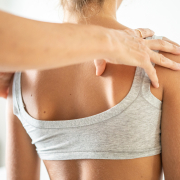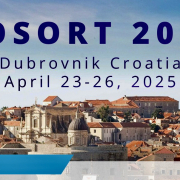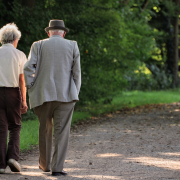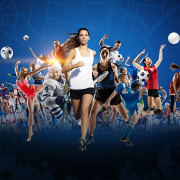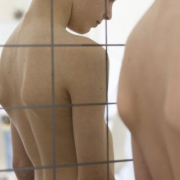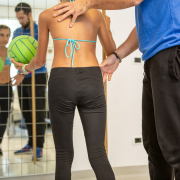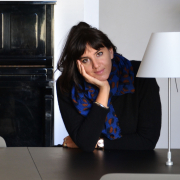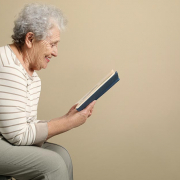From Natural History to IS-GROWTH: ISICO’s New Tool to Predict and Communicate the Evolution of Idiopathic Scoliosis
Understanding the natural history of idiopathic scoliosis—how the condition evolves in the absence of treatment— is the starting point for any effective care pathway. But to truly guide clinical practice, this knowledge must be translated into reliable predictions and into tools that facilitate communication with patients and their families.
This is precisely the aim behind IS-GROWTH, the focus of our study entitled “The Idiopathic Scoliosis Graphical Representation Of Worsening Trend of Natural History (IS-GROWTH) communication tool provides a reliable prediction useful to manage long-term treatment during growth”, which was awarded the 2025 SOSORT Award just a few weeks ago during the international conference held in Dubrovnik.
Today, IS-GROWTH is freely available to everyone through its dedicated website.
Step One: Mapping Natural History through a Meta-Analysis
Until just a few years ago, the natural history of idiopathic scoliosis was described in a fragmented and inconsistent way. To address this, ISICO conducted a meta-analysis, published in 2018 (Di Felice et al., Am J Phys Med Rehabil), that reviewed 13 studies. This work clearly showed the lack of solid and coherent data, making it difficult to guide long-term treatment decisions.
To bridge this gap, ISICO launched a large-scale research project involving thousands of untreated patients. The goal was to build reliable prediction models based on real-world, untreated progression data.
Step Two: From International Collaboration to a Clinical Model
The next milestone was a study we published in 2023 in collaboration with Dr. Eric Parent from the University of Alberta (Canada).
Titled “Prediction of future curve angle using prior radiographs in previously untreated idiopathic scoliosis: natural history from age 6 to after the end of growth”, this research aimed to predict curve progression based solely on X-rays taken before the start of any treatment.
The study won the 2022 SOSORT Award, confirming the feasibility of predictive modelling. However, while statistically robust, the model’s limitation was that it only allowed for short-term projections.
The recently awarded study builds directly on that work, transforming a retrospective analysis into a dynamic, visual, customizable tool for use in everyday clinical practice.
Step Three: IS-GROWTH
IS-GROWTH (Idiopathic Scoliosis Graphical Representation Of Worsening Trend of natural History) is a visual model that illustrates the expected progression of a scoliosis curve in each patient, segmented across the different growth phases (pre-pubertal, pubertal, post-pubertal).
Developed using 3,184 radiographs from 1,818 untreated patients, it was later validated on another 552 cases, achieving 95% accuracy after adjusting for radiographic measurement error. The resulting graph displays a range of expected progression (between minimum and maximum scenarios), into which the patient’s real-time clinical data is gradually added.
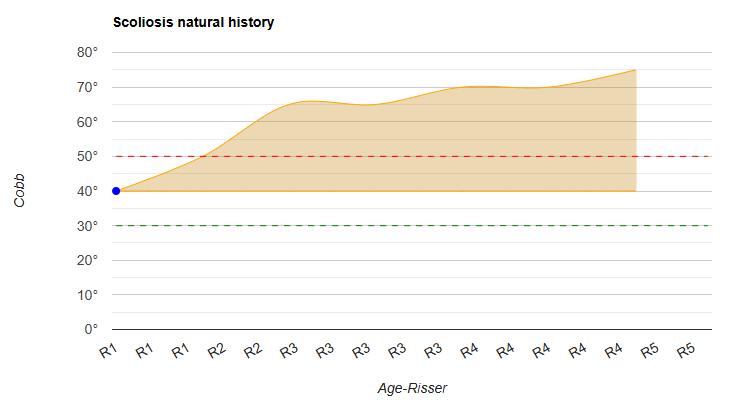
A Tool to Understand, Decide, and Communicate
“We initially focused on building a scientifically solid foundation, based on rigorous data,” explains Professor Stefano Negrini, first author of the study and Scientific Director of ISICO.
“But we soon realized that wasn’t enough. We needed a tool that could support everyday clinical communication. In idiopathic scoliosis, the best outcome is often not improvement, but simply avoiding progression.
This is a hard concept to convey without something that clearly shows the natural course of the curve in the absence of treatment.
That’s why we developed IS-GROWTH—a model built using alternative methods, specifically designed to be shared with patients. From the beginning, we’ve clarified that it offers a plausible projection, not an absolute prediction.”
IS-GROWTH was designed to:
- help clinicians understand the expected evolution of the curve;
- motivate patients—especially adolescents—by showing how even stabilization can be considered a success;
- visually demonstrate the impact of treatment over time, incorporating new data at every follow-up.
The model has proven especially useful in clinical follow-up: 79% of doctors in ISICO use it to motivate patients, and 84% consider it valuable for monitoring progression and interpreting outcomes

